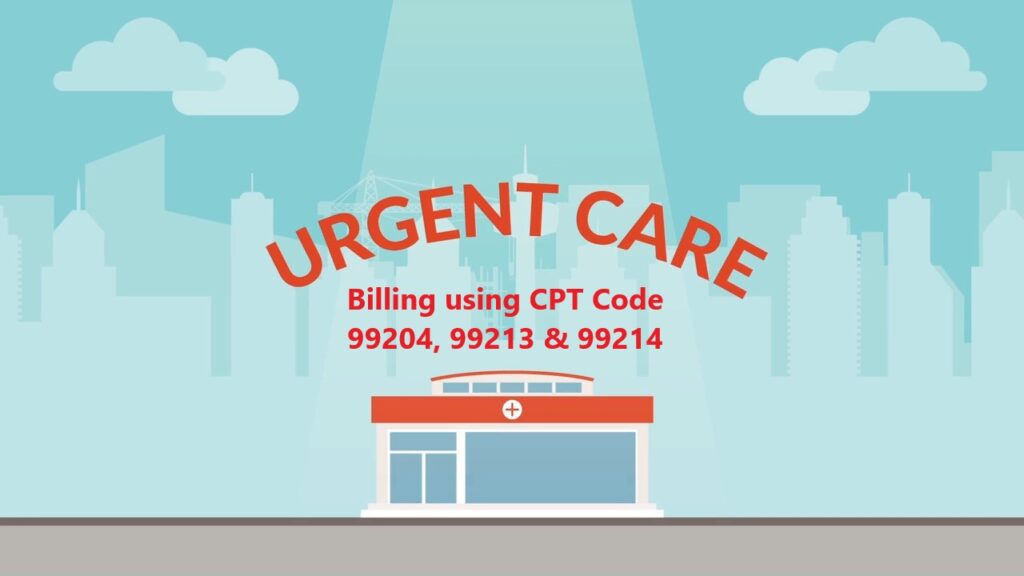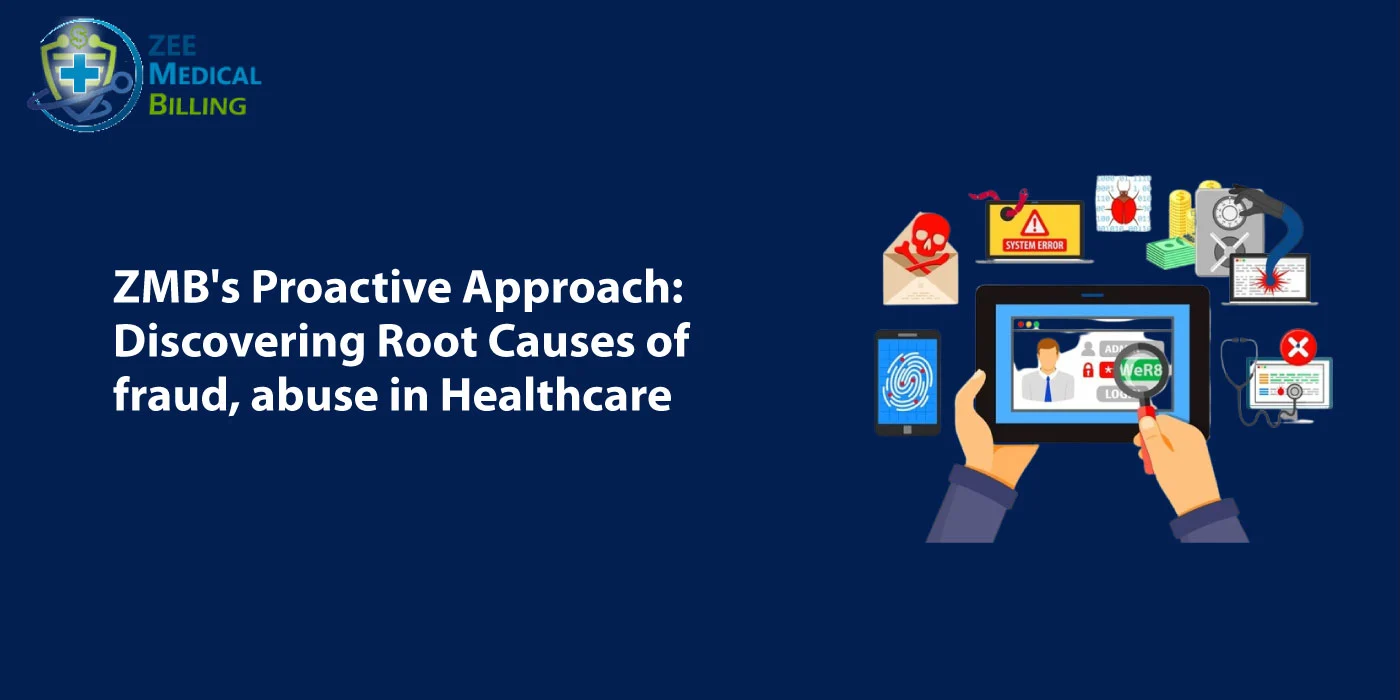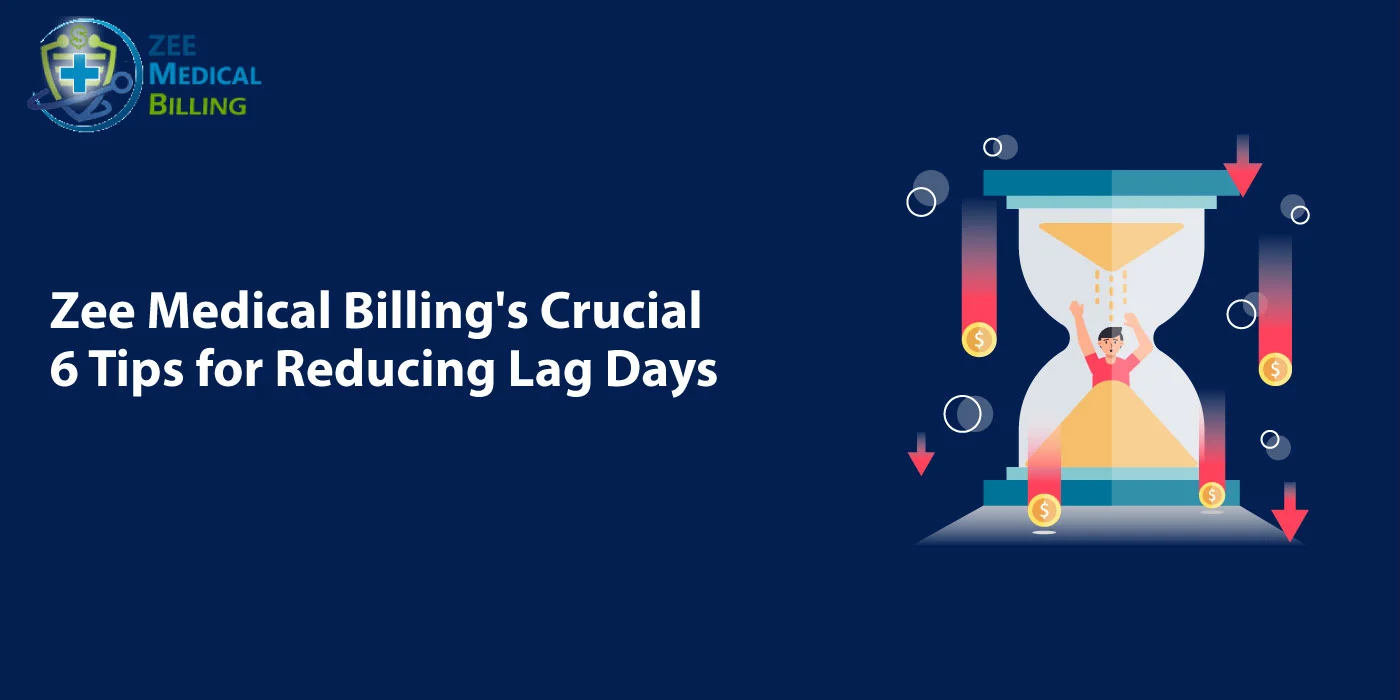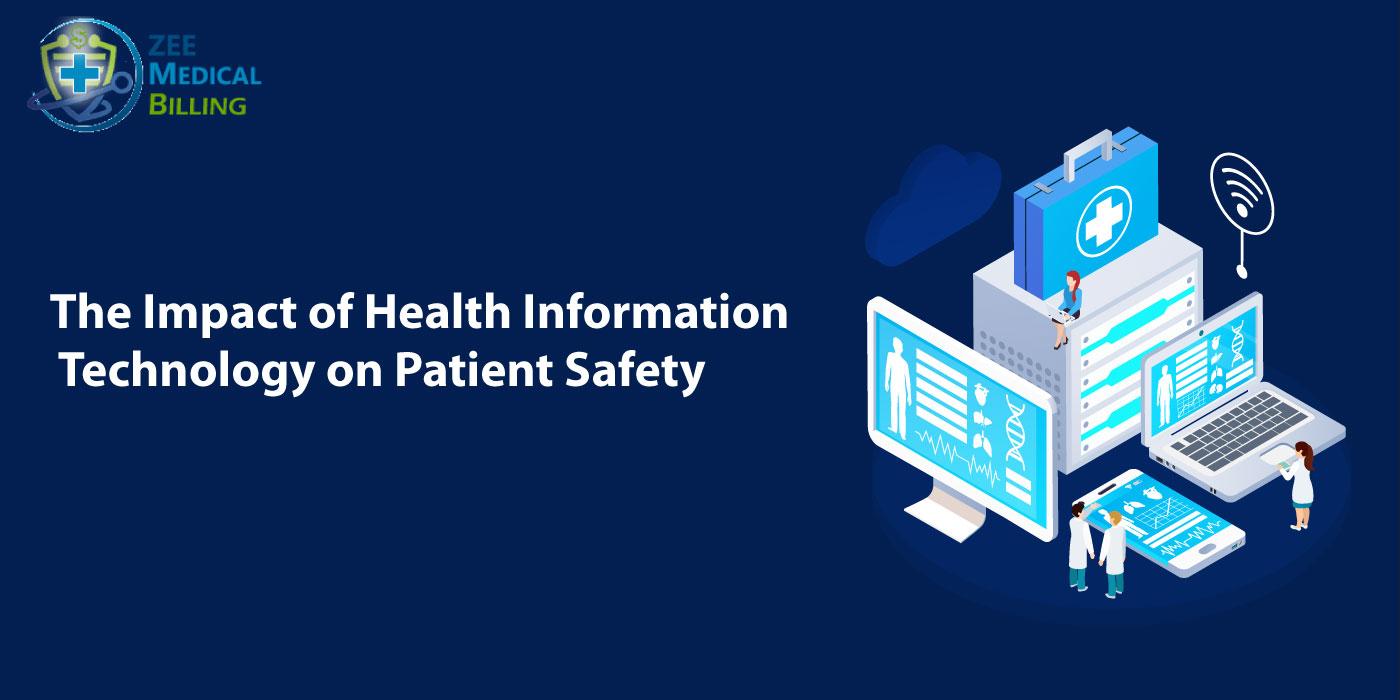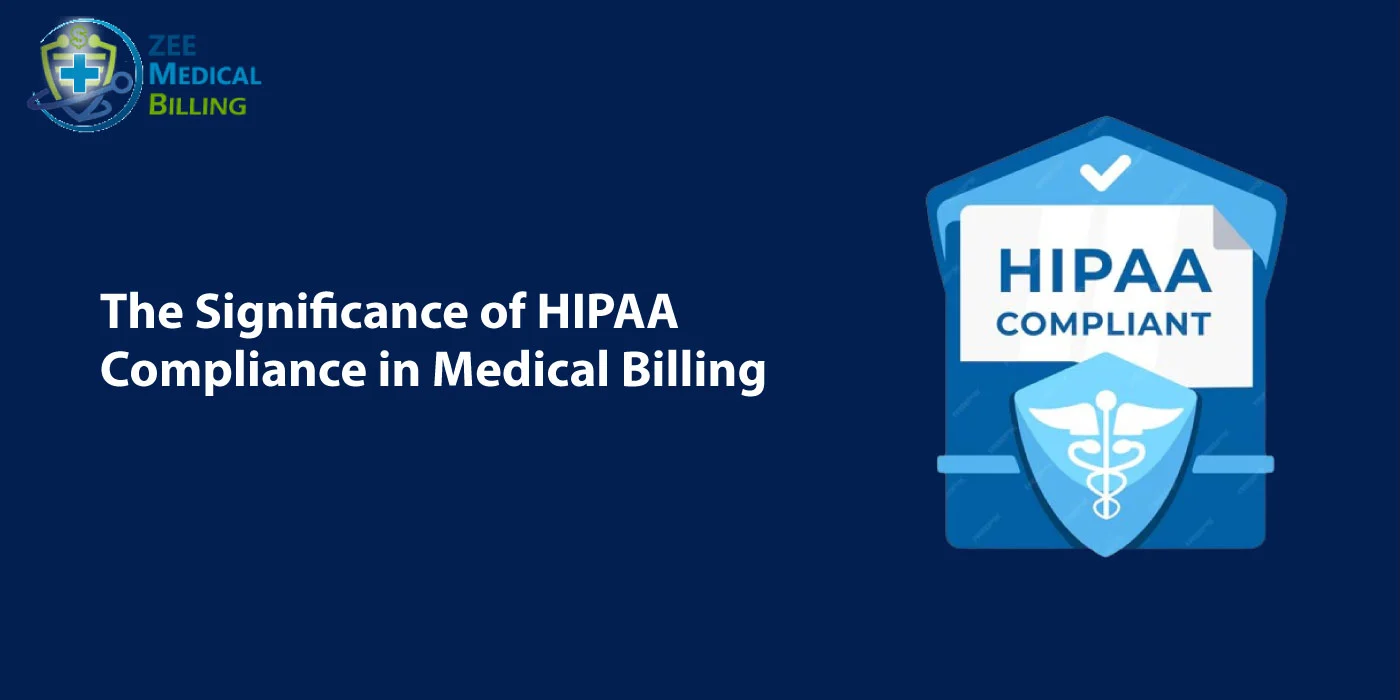Urgent Care Billing
If your urgent care practice is thriving – you have ample patient volume, you have positive reviews online, and you hire providers committed to providing proof-based, concerned care – yet your profit margins are not what you expected. Your revenue is not what you desired, your billing processes could be the issue.
Learn the basics of urgent care billing and how you can boost your practice revenue.
How Does the Urgent Care Billing Process Work?
As the gap between the emergency room, urgent care clinics, and primary care providers plays a vital role in our healthcare system. That is why they’re increasing in popularity and are expected to be worth $26 billion by 2023. You have to understand the basics of billing to command your fair share of the market. And how you can optimize your workflows for maximum returns?
Good Urgent Care Billing Processes Start at the Front Desk
Urgent Care billing is a cycle – and that cycle begins at the front door. By making good financial strategies that begin at check-in, you can grow revenues and spend less money on big-budget collection processes.
Urgent care clinics mainly do not have a pre-registration process, due to the walk-in nature of appointments. However, the receptionist or front desk person must take basic information for billing purposes when a patient begins an appointment. Necessary details include:
- Name of the insurance company, primary care provider, and policy number.
- Basic demographic information such as name, address, birth date, and the reason for the visit.
Ideally, information during the registration process will ease the creation of an electronic health record (EHR). Providers and support staff will work jointly within the EHR to make patient notes, record health history, treatment recommendations, and more. An up-to-date patient record with in-depth notes makes the billing process much more smooth. If a patient is a repeat visitor, it is important to make note of any patient demographic or insurance information at every visit.
Confirm Financial Responsibility
An urgent care clinic does not always have the time to call insurance companies to obtain pre-authorization for services. Patients should be familiar with their plan information and know what kinds of costs they can expect to incur from a walk-in facility. To avoid potential billing issues, it is important for each patient to sign an affirmation of financial responsibility prior to receiving medical services.
After the Visit
A physician or other provider should record all procedures and relevant information in the EHR as a patient receives services. This helps to create an accurate bill to facilitate the creation of the claim and the collection of the patient balance.
Transmitting the Claim
The final part of the billing process, after each medical procedure has been properly coded and checked for regulatory compliance, is to send it out to the payer. The bill that the insurance company receives includes essential information about the diagnosis, procedures, and associated charges. An accurate bill helps to make sure a streamlined reimbursement process, which helps ensure that you, as the healthcare provider, get reimbursed in a timely way.
Most healthcare practices submit their claims electronically, as this is the most accurate and expedient way to get reimbursed. Generally, medical software aids in the recording of patient information and the creation of claims for reimbursement.
Urgent Care Billing and Medicare
Mostly, urgent care can bill more for their services using S codes, recognizing that after-hours treatment costs more. Although, CMS, however, may be less likely to pay for urgent care services, and errors in billing can only delay the process of reimbursement. Medicare uses a special facility code for urgent care centers (POS-20), but it still processes claims as if it were a primary care office (i.e., using codes POS-10 or POS-11). Medicare will reimburse urgent care for services rendered, but it’s important to note that it may not reimburse facilities for the naturally higher costs of providing walk-in care. As such, health care providers who wish to increase practice revenue should maximize the number of patients who are privately insured.
The Cost of Urgent Care Billing
When it comes to handling your urgent care billing you have two main options :
- Hiring in-house coders and billers or
- outsourcing the process to a professional.
Both will require software licenses and other expenses. For those who like having full control over the billing process, having in-house billers and coders tends to be more costly. You will have to pay salary and benefits to in-house employees, which can severely affect your process.
Why Outsource Your Billing?
Suitable, cost-efficient processes play a vital role in your practice revenue cycle. Outsourcing can help boost revenue and enhance resources:
- An outsourced company can help you with year-round billing needs, without having to account for unexpected employee downtime. This also allows your staff more time to hold in more patient care activities.
- Save money on hardware and software costs in your office.
- Billing agencies are generally better at collecting negligences compared to in-house staff.
- Convenience is one of the main reasons that urgent cares choose to outsource. A billing provider handles all the data entries, fixes rejected claims and sends invoices to the patient. Data transfer is smooth with the help of an EHR interoperability system.
- Allow your staff to focus on patient-care activities, including delivering compassionate, evidence-based care that gets more patients in through your doors.
- Outsourcing will reduce the risk of billing and coding errors, which serves two purposes:
First, it makes for a more streamlined billing process and more collections.
Second, it helps ensure that your practice remains in compliance with regulatory agencies, like the Office of the Inspector General and the Centers for Medicare and Medicaid Services (CMS).
Outsourcing Your Urgent Care Billing to Providers
Urgent Care owners have various options when it comes to choosing a third-party processor for their medical claims. Here are a few.
- MedUSA: Med USA has a dedicated team of billing specialists and managers to help your company run smoothly. Integration with our own EHR system allows for the seamless transfer of digital information through the interoperability feature. Billing specialists provide services that take on the most challenging aspects of your revenue cycle management so you can focus on patient care.
- DocuTAP: DocuTAP, based in South Dakota, offers revenue cycle management programs for urgent care providers, including billing.
- BellMedEx: this company works for medical organizations of all sizes, including urgent cares. Their services start at 2.99% of your monthly collections.
Urgent Care Billing Guidelines
Urgent care providers evaluate and treat many of the same conditions as a primary care office. As such, the billing process is very similar. However, there are certain urgent care-specific codes – beginning with an “S” – that differ from primary care codes.
S Codes are Healthcare Common Procedure Coding System (HCPCS) codes that were originally designated by BCBS, but now many other payors accept them. They are only used by urgent care, and some payors require them to reimburse facilities for services rendered.
The Most Common CPT Codes in Urgent Cares
The majority of CPT codes used in urgent care are E/M codes. In an urgent care setting, some of the most common CPT codes include:
- 99214
according to the AMA, is for “office or other outpatient visits for the evaluation and management of an established patient, which requires at least two of these three key components: a detailed history, a detailed examination and medical decision making of moderate complexity.”
- 99213
is for an existing patient that requires treatment, but does not have the same level of complexity as 99214. It is one of the most commonly billed codes because it is easier to fulfill the criteria for reimbursement. However, it does not typically reimburse as much as 99214.
- 99204
is one of the most commonly used codes in an urgent care setting for new patients. It requires fulfillment of three key criteria: a comprehensive history, comprehensive exam, and medical decision-making of moderate complexity. It has a relatively high rate of reimbursement at comparatively low risk of noncompliance.
According to CPT Assistant, which provides industry-recognized guidance to billers and coders, most urgent care CPT codes fall under 99202- 99205 and 99211-99215. Remember, since urgent cares serve as the gap between a primary care office and an emergency room, you cannot bill with ER-designated CPT codes, as this could serve as a compliance risk.
Urgent Care billing is complicated but tends to follow similar procedures as a primary care office. You must follow coding and billing guidelines to remain compliant with regulatory requirements. Outsourcing is an effective measure for streamlining billing, eliminating redundancies, and improving your collections while allowing your employees to focus on patient-centered care.
Get a free no-sting attached billing services quote from ZEE Medical Billing for your practice.

